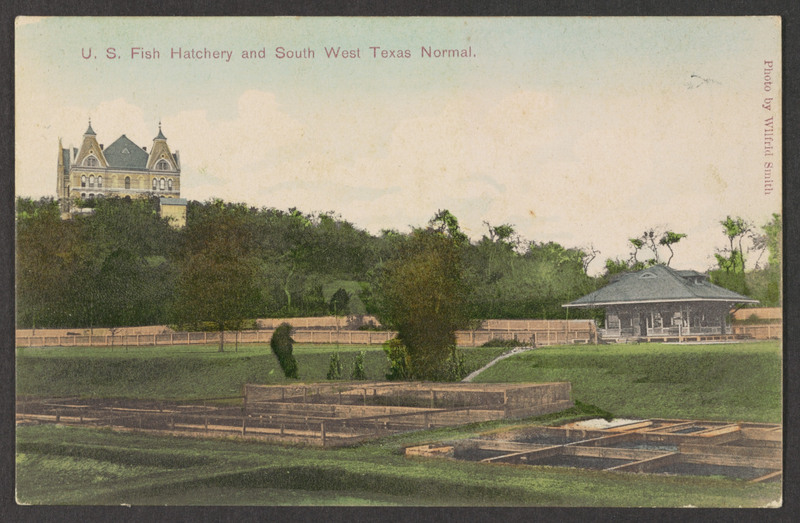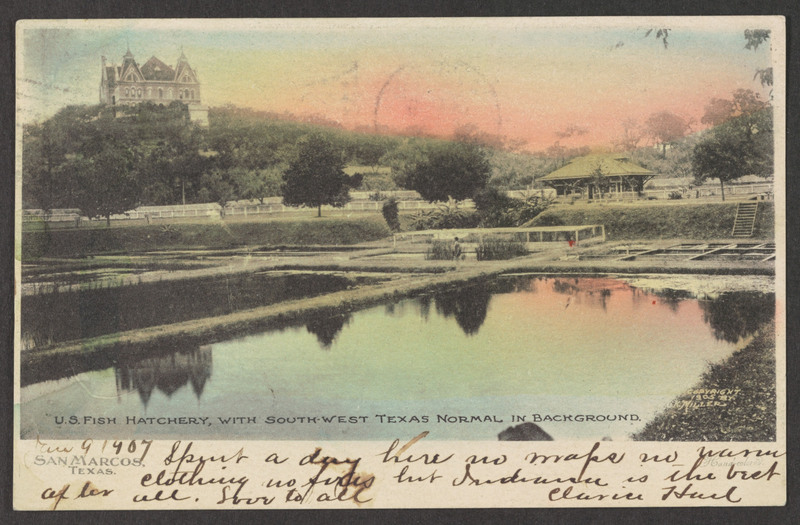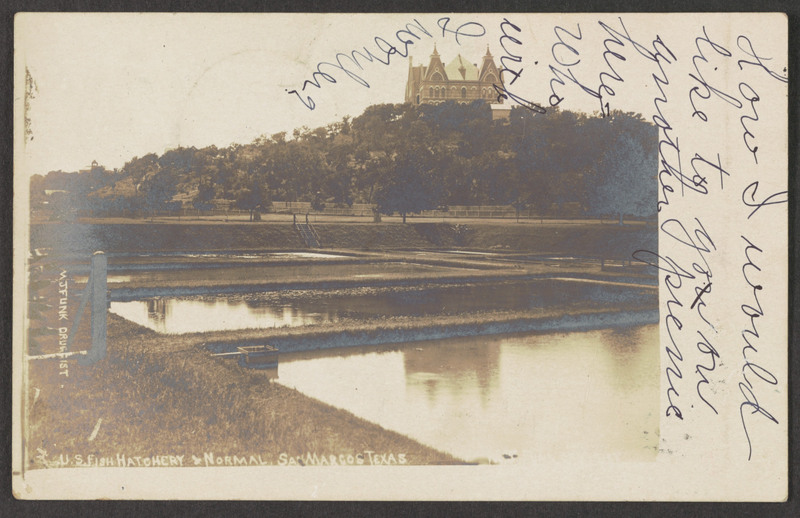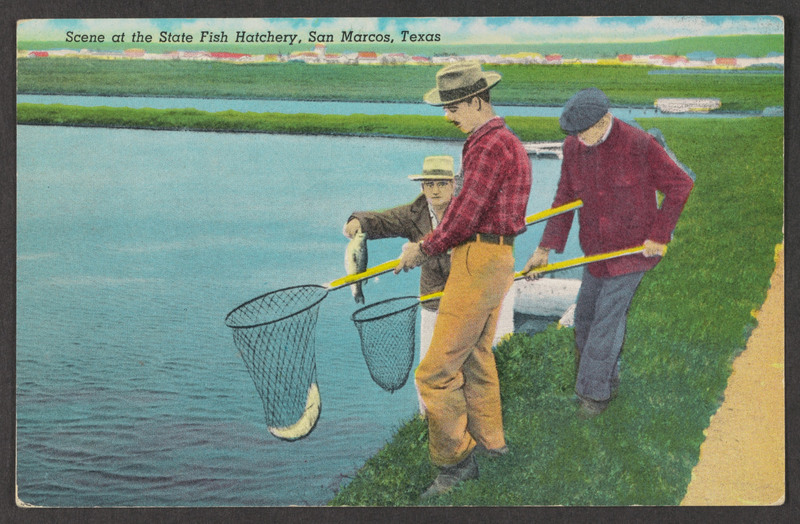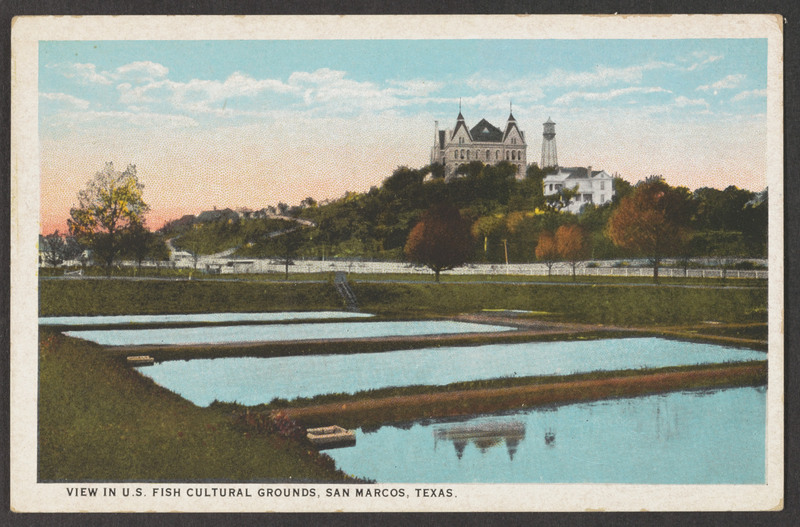Fish Hatchery
The U.S. Federal Fish Hatchery was first established in 1893 at the foot of Chautauqua Hill. Occupying twenty-five acres on the property known as "W.D. Wood Place," the fish hatchery was one of two facilities considered to be the fifth federal hatchery founded in the United States. More importantly, the property was the first fish hatchery established south and west of the Mississippi River. The facility initially cost $4,500 to build and was later supplemented with the construction of a water supply dam (1895) and an artesian well (1896).
Originally, the fish hatchery was responsible for breeding fish to stock streams and ponds used for sport. The hatchery then enaged in an experimental program testing new techniques of hatchery production while also breeding tilapia in an effort to introduce non-native fish for game fishing. Towards the end of its operations, the facility stocked largemouth black bass, bluegill sunfish, and channel catfish, all of which were placed in national waters supervised by the federal government.
The fish hatchery closed in 1965 because it proved no longer economically feasible to operate; in addition, the facilities had no room to expand due to the massive growth of both the university and San Marcos. In the summer of 1965, President Lyndon B. Johnson ordered the forty-four acre facility, complete with fifteen ponds, be given to Southwest Texas State University. The land grant effectively tied the campus together and ensured its future expansion.
Once under the university's control, the Department of Biology acquired use of the ponds for education and research. The ponds' vibrant biodiversity and aquatic environments marked the perfect place for scientific studies, as typified by the discovery of a new species of blind salamander at the site in 1893. In addition, the department campaigned for use of the hatchery's administration building as an aquatic station.
A historical marker was installed at the site on April 3, 1970, in a ceremony where Congressman J.J. Pickle heralded the university's acquisition of the hatchery as one of the greatest moments in its history.
The Department of Biology utilized the hatchery building until the construction of the new Aquatic Biology Center in 1981. As a result, the hatchery building was donated to the City of San Marcos and moved to its current location at 206 N CM Allen Parkway. The building is currently controlled by the Parks and Recreation Department of San Marcos. Today, the J.C. Kellam Building and the Theatre Center reside on the former fish hatchery property.
